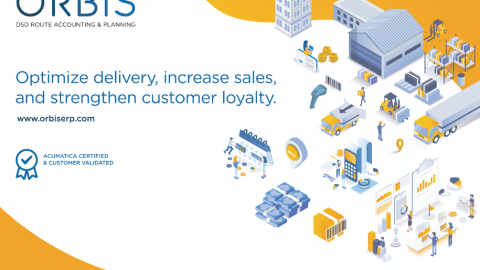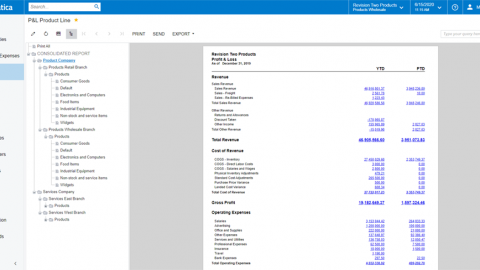We talk a lot about the need for omnichannel sales to fuel business growth. To succeed in today’s markets, your business needs to sell seemingly everywhere, from your own eCommerce store, to marketplaces like Amazon, to a wide variety of retailers. What happens after the sale requires a blended approach as well, with multiple teams and business partners working together to process and deliver the order.
If sales activities require a multifaceted approach, and fulfillment demands collaboration, doesn’t it make sense that the technology should also work together? Yet, despite growing trends in supply chain digitalization and integration, recent research found that 49% of order fulfillment operations are still mostly or fully manual. Meanwhile, supply chain professionals who were asked to assess their degree of supply chain automation (out of 5) ranked data interchange 1.9, inventory management 1.4 and fulfillment just 1.3.
Businesses need ways to eliminate the manual back-and-forth that exists between sales and fulfillment processes. To do so, they need to leave behind multi-vendor solutions that don’t communicate, and instead look for unified commerce solutions that can bring their disparate systems together.
The Acumatica system is a powerhouse for automating order processing, with tools like sales order creation, shipment scheduling, inventory allocation and more. But without system-to-system communication, new data like purchase order information relies on manual input to begin the process. Integrations for Acumatica solve the problem, by creating a bridge between your sales channels, supply operations, and ERP system.
For example, you may be selling on Amazon, eBay, Walmart.com or any number of online marketplaces. A marketplace integration takes sales information from the digital channel, translates it into the correct format and transmits it to your Acumatica system for processing. In addition to eliminating the rekeying process, the automated workflow means that sales orders are seen and moved immediately, rather than waiting for a manager to check for incoming sales.
This is a great solution for your marketplace sales—but what about those from your eCommerce platform or your EDI partners? And how about all the integrations you need on the fulfillment side to communicate with your warehouses, suppliers, distributors and carriers? This is where many integrated solutions fall short. They create a bridge from a single channel to your ERP system, which is helpful. But, you’re still left juggling an assortment of solutions across channels, with different portals and perhaps even multiple vendors to manage.
In contrast, unified commerce providers offer multiple integration types, which not only work with your Acumatica system, but also with each other. For example, all the applications offered by TrueCommerce, from eCommerce to EDI to packing and shipping, can be managed through a single platform, called Foundry.
In this model, when a customer sends an order from any sales channel, it’s translated and sent from the Foundry Platform directly to the Acumatica system. Acumatica takes the order information in for use by your internal order management and accounts receivable teams. At the same time, important shipping and order information is retrieved from your ERP system by a multi-carrier shipping solution, Pack & Ship. This brings the correct data to your warehouse teams and automates key processes within your warehouse for faster fulfillment. It also connects directly with carrier options to streamline communications.
Because all Foundry applications integrate directly with Acumatica, you can create a single line of connectivity that follows the order from placement to delivery. Because they are provided by one vendor, you can eliminate frustrating back-and-forth between applications, consultants, and customer service reps. And, because they can all be handled through a single integration gateway, you gain better visibility of your entire supply chain while reducing your IT complexity.
The combined approach of unified commerce providers takes the efficiency of integration and elevates it through bidirectional connectivity with your Acumatica system. In turn, it becomes easier to sell more via more channels and communicate with all your partners across your supply chain—because anything else, just isn’t omni-enough.






















